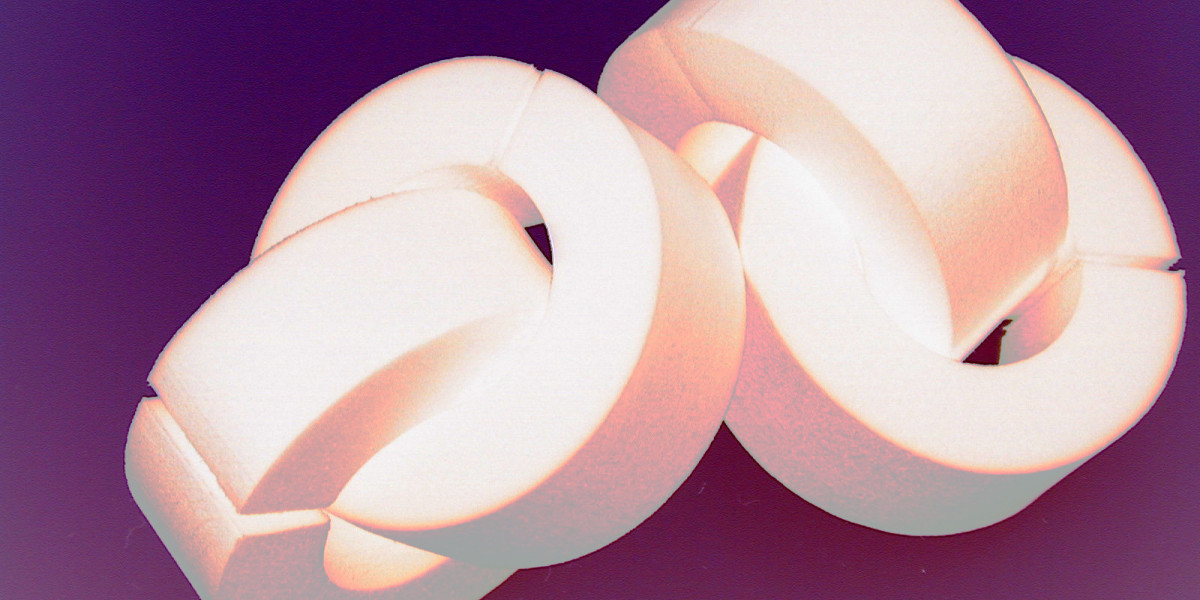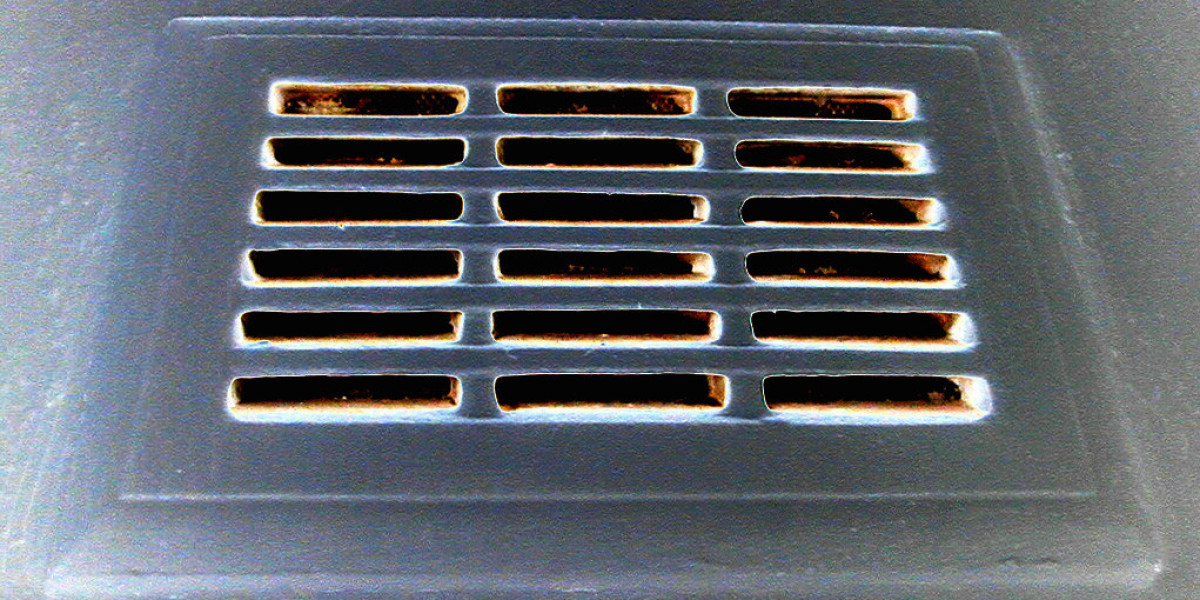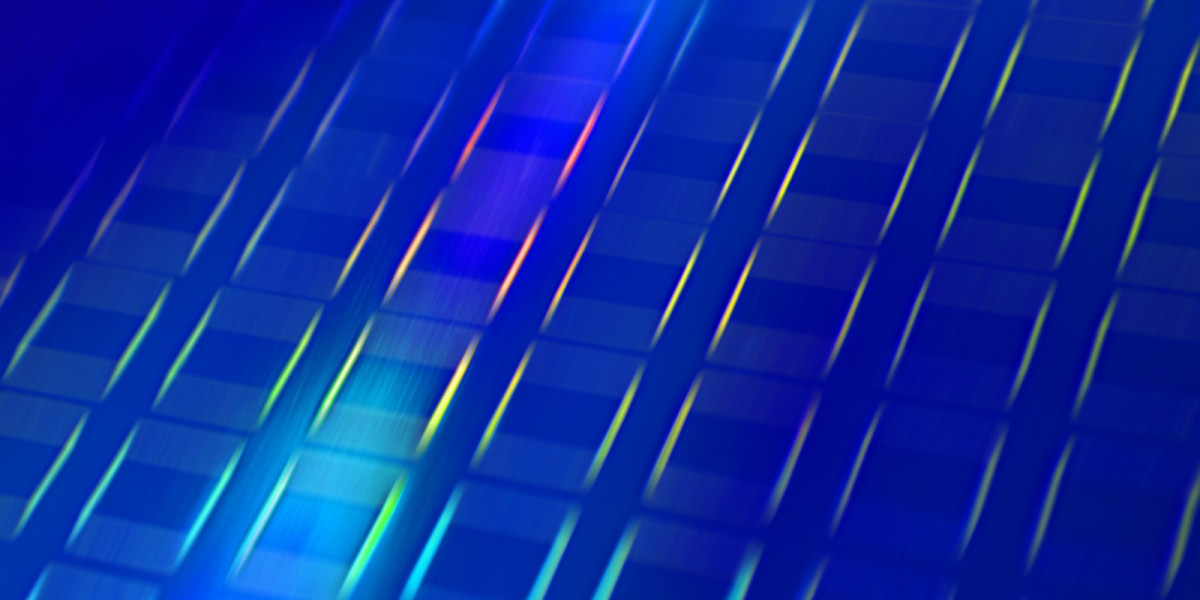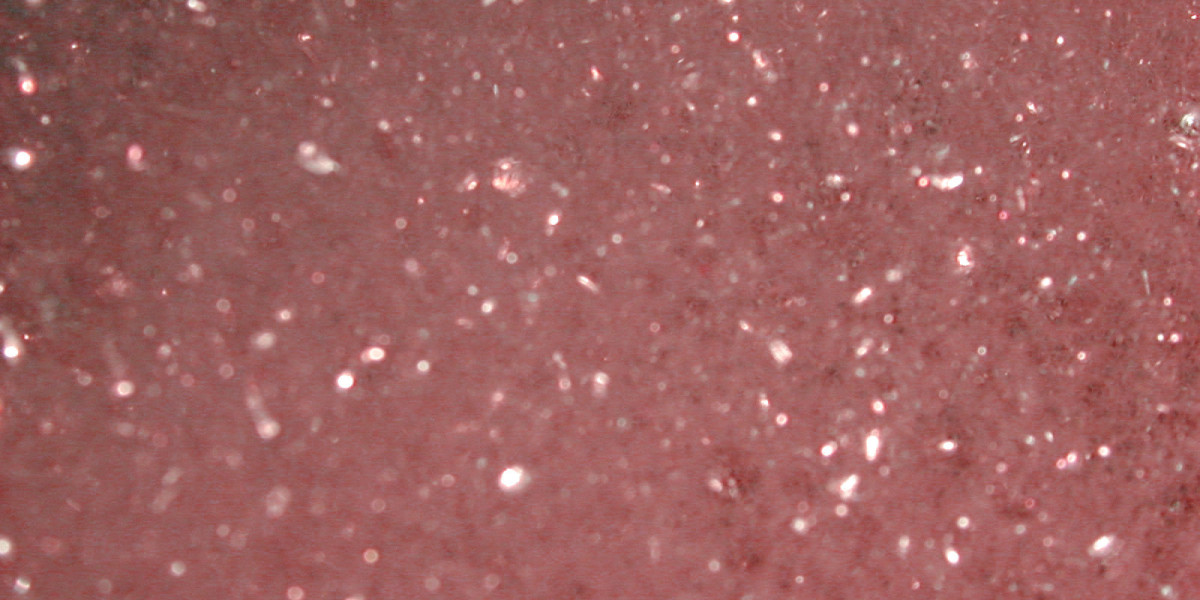KPV supplements have gained attention for their potential role in modulating inflammation and promoting tissue repair. One of the key components often highlighted in discussions about KPV is the Thymosin Beta-4 Fragment, also known as Ac-SDKP. This peptide has been studied extensively for its anti-inflammatory properties, its ability to influence cellular migration, and its involvement in cardiovascular health.
Thymosin Beta-4 Fragment (Ac-SDKP)
The Thymosin Beta-4 Fragment is a tetrapeptide derived from the larger thymosin beta-4 protein. Its sequence is Acetyl-serine-aspartate-lysine-proline, hence the abbreviation Ac-SDKP. This small peptide has been shown to have potent biological activities despite its size. In vitro studies indicate that Ac-SDKP can inhibit the proliferation of certain cell types and reduce the expression of pro-inflammatory cytokines such as tumor necrosis factor alpha and interleukin-6. In addition, it modulates signaling pathways related to fibrosis, thereby reducing extracellular matrix deposition in damaged tissues.
The peptide’s anti-apoptotic effects are also notable; Ac-SDKP can protect endothelial cells from oxidative stress-induced death, which is particularly relevant in the context of cardiovascular disease. Moreover, research suggests that Ac-SDKP may enhance angiogenesis by upregulating vascular endothelial growth factor expression, thus supporting tissue regeneration after injury.
About Thymosin Beta-4 Fragment (Ac-SDKP)
The discovery of Ac-SDKP as a biologically active fragment came from studies on the breakdown products of thymosin beta-4. Unlike its parent protein, which is abundant in many tissues and involved in actin binding, Ac-SDKP’s functions are more specialized. Pharmacologically, it has been investigated for therapeutic potential in conditions such as chronic kidney disease, pulmonary hypertension, and liver fibrosis.
Clinical investigations have focused on the peptide’s ability to modulate immune responses. For example, in animal models of acute lung injury, administration of Ac-SDKP reduced neutrophil infiltration and improved oxygenation. In renal studies, the fragment lowered markers of inflammation and slowed progression to end-stage kidney disease. These findings suggest that Ac-SDKP may serve as a bridge between anti-inflammatory therapy and tissue repair mechanisms.
The safety profile of Ac-SDKP appears favorable in preclinical trials; doses up to several milligrams per kilogram did not produce significant adverse effects. However, translation into human use requires careful evaluation of pharmacokinetics, optimal dosing schedules, and long-term outcomes. Current research is also exploring synthetic analogues that might enhance stability or target specific receptors.
Found In
Ac-SDKP is naturally present in a variety of biological fluids and tissues. It can be detected in plasma, urine, and saliva, indicating its systemic circulation. Within the body, it is found at higher concentrations in organs with high regenerative capacity, such as the liver, kidney, and heart. The peptide is also identified in lung tissue where it plays a role in modulating pulmonary vascular remodeling.
In addition to endogenous sources, Ac-SDKP can be produced through enzymatic cleavage of thymosin beta-4 by specific proteases, including prolyl oligopeptidase. This enzymatic activity occurs in many cell types, particularly under conditions of stress or injury where the need for anti-inflammatory signaling increases.
In the context of KPV supplements, manufacturers often isolate Ac-SDKP from natural sources or synthesize it chemically to ensure purity and consistency. The resulting product is then incorporated into formulations intended to provide systemic benefits such as reduced inflammation, improved cardiovascular function, and support for https://firsturl.de tissue repair processes.












